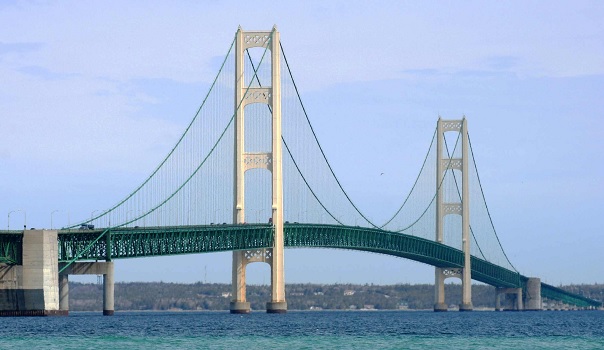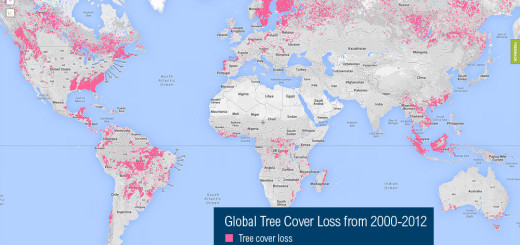HORN OF CONTENTION: THE ECONOMICS OF THE RHINO HORN TRADE
Cape Town, South Africa – Rhino poaching in South Africa has reached record levels in 2013 thanks primarily to an increase in the demand for rhino horn in Asia, especially Vietnam, where high prices are funding well-organised global crime syndicates. Conservationists and government authorities are struggling to respond to the threat and are unsure what the best policy is. Since the issue is, at base, an economic one, many are looking toward an economic solution to the problem. One of the most favoured currently is the call for an introduction of regulated trade in rhino horn in order to reduce the rate of poaching. Currently, trade in rhino horn is illegal under the Convention on International Trade in Endangered Species (CITES).
Up until now a number of economic papers have been submitted, notably from Michael ‘t Sas-Rolfes and Michael Eustace, calling for the ban in rhino horn to be lifted. “These are two economists”, states Ian Michler, wildlife conservationist and commentator, “that have received extensive coverage within pro-trade circles, and their modelling has been instrumental in driving the economic arguments behind this lobby in South Africa”. The two Michaels argue that should a regulated trade in horn be introduced it would undermine the illegal trade markets. By ‘farming’ rhinos and harvesting their horns – cutting them off without harming the animal – they argue that supply can meet the demand, prices will be reduced, which will effectively put the crime syndicates out of business by ‘stealing their customers away’. As another pro-trade economist, R.S. Martin writes “Logically, the more customers there are that obtain their horn from the [legal trade body], the fewer are the numbers of rhino being killed illegally for any given level of demand”. Eustace argues that, “Southern Africa could easily supply the market with 1940 horns a year,” which he claims is “more than twice the current demand”. These arguments appear to be simplistically logical. The result is that the pro-trade lobby has obtained the ear of the South African Government, as well as many leading conservationists. The proposal to end the trade ban at the next CITES general meeting in 2016 is firmly on the table.
However, in a report just released by Rod Campbell from Economists at Large (EcoLarge) and released by the International Fund for Animal Welfare (IFAW), Horn of Contention: A review of literature on the economics of trade in rhino horn, this pro-trade stance is being roundly questioned. In what the report ditches as ‘grey literature’ ‘t Sas-Rolfes, Eustace & co. “provide little empirical evidence”, are not “rigorous in their application of economic principles.” The report strongly suggests that, “further research be undertaken before any formal steps be taken towards legalising trade in rhino horn.”
The report does recognise that there have been a number of formal peer-reviewed studies dealing with pro-trade issues but goes on to say that these papers “conclude that impacts on poaching levels from the legalisation of trade are ambiguous.” They also “do not address the recent issues of escalations in rhino poaching.”
One of the biggest mistakes among the vociferous claims within the ‘grey literature’ is the assumption that the levels of demand for horn are known. According to the report this is simply not the case. There is no clear data or in depth study to collect data. No-body knows just how insatiable the demand for rhino horn is. If the trade ban is lifted and even if prices were decreased, the demand could increase beyond controllable levels. The report maintains that, “the numbers of people that could afford to become consumers in China and Vietnam number in at least the millions, if not higher.”
The report also warns that the illegal traders will not passively sit back and watch the rug pulled from under them. Citing Bulte and Damania’s economic assessment of the wildlife trade, the report argues that illegal traders “could pay their poachers a little more and supply more to the market, though at a lower level of profit per sale.” In other words, the illegal trade syndicates, in order to compete and maintain their profit will simply step up the poaching rates and “the outcome could be the exact opposite of what is desired”. It’s a common economic model highlighting the role of competition in the market place.
This EcoLarge report is the first purely economic report that has come out against legalising the trade in rhino horn. The lack of rigorous analysis and the high levels of risk and uncertainty inherent in the pro-trade proposals are simply too great to form an acceptable basis on which to make decisions affecting survival of the rhino. As Ian Michler concisely summarises, “with the extinction of rhino at stake, it is difficult to see how the global regulatory authorities would be able to allow any changes to the current no-trade policies”. Certainly, the South African Government ought to take cognisance of the flaws in the pro-trade arguments exposed by this report before putting forward any proposals for trade in rhino horn.




